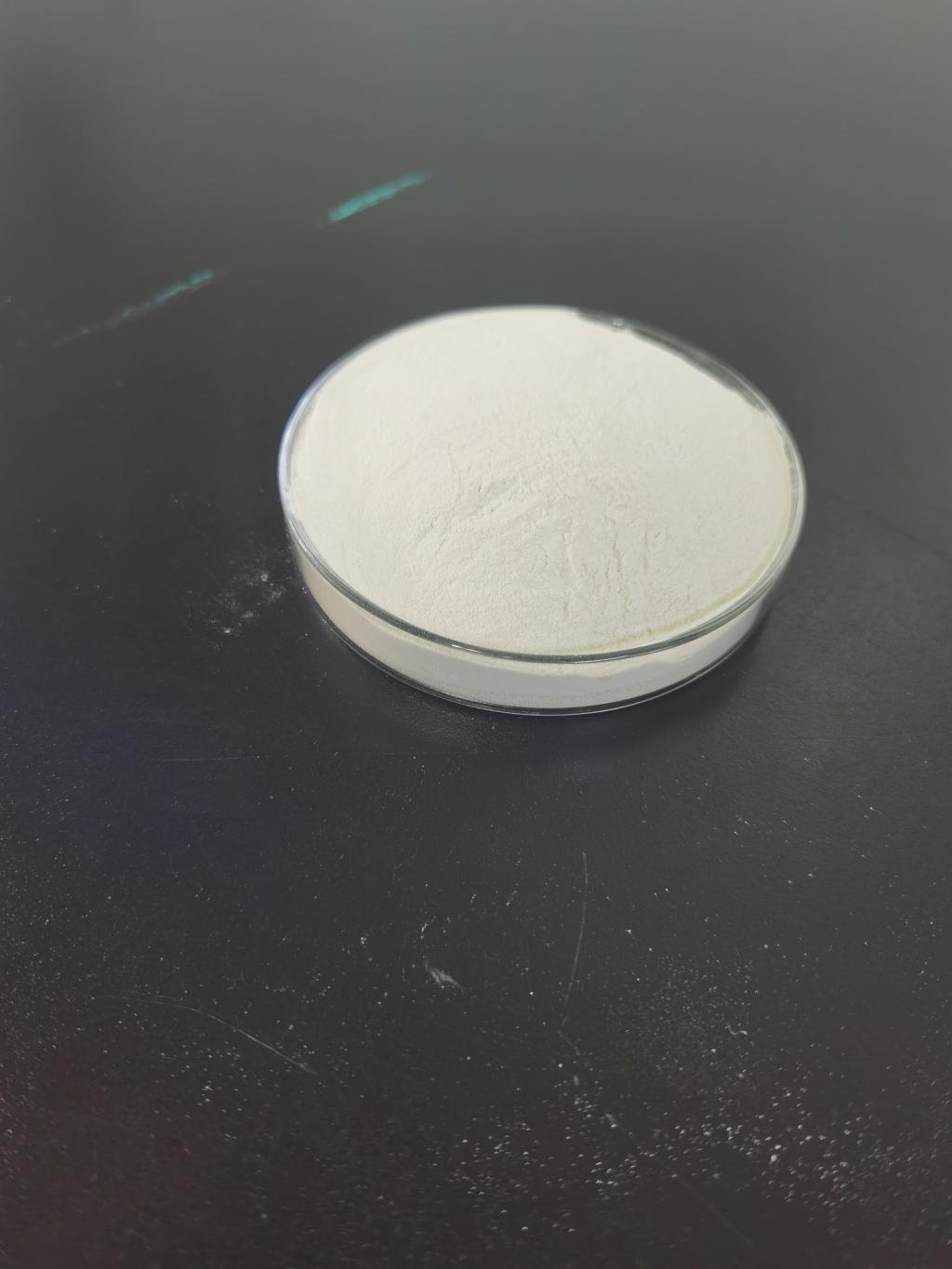Tel:0086 18231198596

News
Current Position:
Home >
News
>Nisin's Influence on Culinary Traditions: A Bridge Between Heritage and Innovation
Nisin's Influence on Culinary Traditions: A Bridge Between Heritage and Innovation
TIME:2024-02-02
Introduction:
Culinary traditions serve as a timeless thread that weaves through the fabric of cultural identity. As societies evolve, so does their cuisine, with a constant interplay between preserving the rich tapestry of heritage and embracing the innovations of the present. Nisin, a natural antimicrobial peptide, embodies this delicate balance by simultaneously respecting culinary traditions and catalyzing culinary innovation.
Nisin in Historical Context:
To understand nisin's influence on culinary traditions, it is essential to delve into its historical context. Originally discovered in the early 20th century, nisin has roots in the preservation of dairy products, particularly cheese. Its antimicrobial properties allowed communities to store and enjoy perishable foods for more extended periods, contributing to the evolution of traditional preservation methods.
Nisin in Traditional Cuisines:
Nisin has found its way into traditional cuisines around the world, acting as a bridge between the past and the present. In regions where dairy plays a central role, such as in Mediterranean and Middle Eastern cuisines, nisin's antimicrobial efficacy has been harnessed for preserving cheeses, yogurts, and other dairy-based delicacies. Its integration into traditional preservation practices underscores its ability to align with and enhance established culinary techniques.
Balancing Act: Preserving Heritage:
The integration of nisin into traditional cuisines is a nuanced process that requires a delicate balance. While it introduces a modern element to age-old recipes, the essence of preserving heritage lies in maintaining the authenticity of flavors and culinary techniques. Nisin, when used judiciously, can extend the shelf life of traditional dishes without compromising their integrity, ensuring that culinary heritage remains intact.
Nisin's Impact on Modern Gastronomy:
In the dynamic landscape of modern gastronomy, chefs and food innovators are constantly seeking ways to enhance food safety, extend shelf life, and push the boundaries of flavor. Nisin's antimicrobial properties make it a valuable tool in this pursuit. From molecular gastronomy to avant-garde culinary creations, nisin has found a place in the toolkit of chefs exploring the intersection of tradition and innovation.
Nisin and Clean Label Trend:
As contemporary consumers increasingly gravitate towards clean label products, the use of natural preservatives like nisin aligns with this culinary shift. Nisin's natural origin and minimal impact on the sensory attributes of food make it a preferred choice for those seeking culinary experiences rooted in authenticity and transparency. Its role in supporting the clean label trend reinforces the connection between heritage and innovation.
Challenges and Considerations:
While nisin offers numerous benefits, its integration into culinary traditions is not without challenges. Striking the right balance between tradition and innovation requires careful consideration of factors such as flavor profiles, cultural sensitivities, and regulatory compliance. Overcoming these challenges is essential to ensure that nisin's influence on culinary traditions is a harmonious and culturally respectful one.
Culinary Collaboration: Chefs and Food Scientists:
The successful integration of nisin into culinary traditions often involves collaboration between chefs and food scientists. Chefs bring their deep understanding of flavor profiles and cultural contexts, while food scientists contribute technical expertise to optimize nisin's application in specific dishes. This collaborative approach ensures that nisin becomes a seamless part of culinary traditions, enhancing rather than overshadowing them.
Future Directions: Rediscovering Forgotten Techniques:
Looking forward, the influence of nisin on culinary traditions may extend beyond preservation and food safety. As chefs and food enthusiasts rediscover forgotten culinary techniques, nisin could play a role in reviving traditional methods of fermentation, curing, and pickling. This evolution promises a dynamic culinary landscape where heritage is celebrated through innovative applications of time-honored practices.
Conclusion:
Nisin's influence on culinary traditions is a testament to the evolving nature of cuisine. As a bridge between heritage and innovation, nisin respects the foundations of culinary identity while propelling it into the future. Through collaboration, thoughtful application, and a deep understanding of cultural contexts, nisin has the potential to enrich traditional cuisines, ensuring that the global culinary tapestry remains vibrant, diverse, and deeply rooted in its cultural heritage.

 CONTACT
CONTACT




